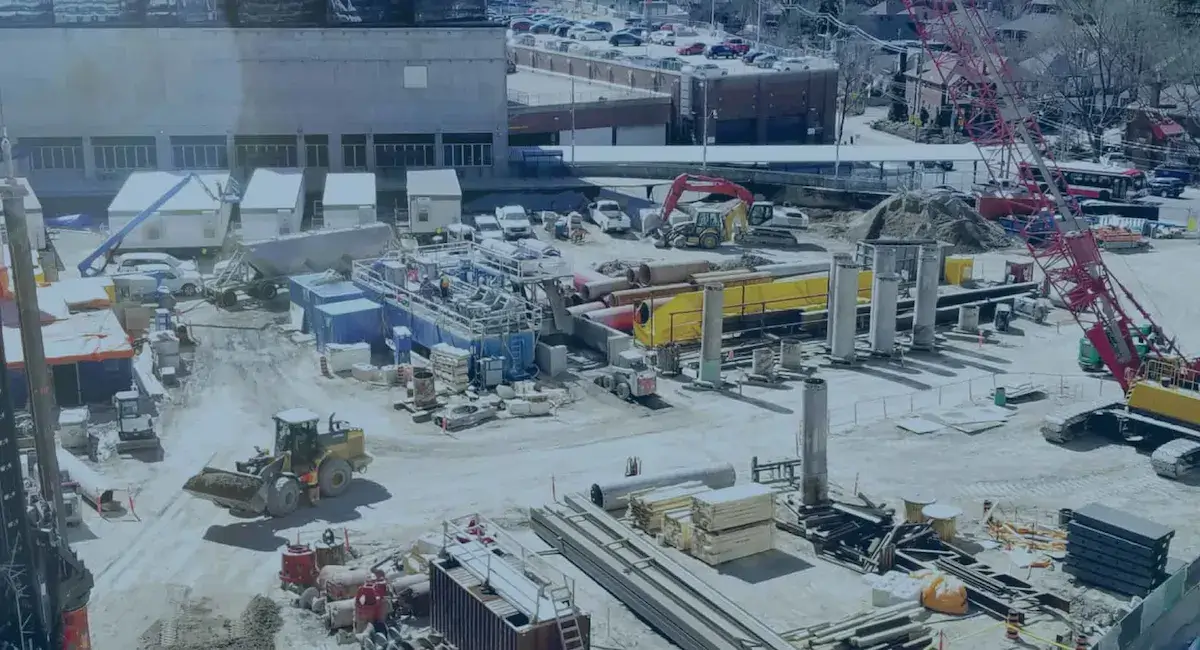Construction projects are often intricate and require coordination between equipment, materials, and personnel. A crucial aspect of managing projects lies in tracking the location and usage of equipment. In today’s technology-driven world, GPS tracking for equipment has emerged as a useful tool in the construction industry. This guide aims to delve into the advantages of GPS tracking, its operational mechanism, and practical implementation strategies for construction businesses.
In the realm of construction projects, precision and efficiency are paramount, and the integration of advanced technologies such as GPS tracking and underground magnetics locators becomes indispensable. This guide explores how these cutting-edge tools can enhance equipment management, offering insights into their operational mechanisms and practical implementation strategies for optimizing construction processes.
The Significance of GPS Tracking for Construction Equipment
Enhanced Equipment Security
Construction sites are vulnerable to theft and unauthorized use of machinery. With GPS tracking for construction equipment, you gain access to real-time updates on their whereabouts. This enables recovery efforts if any item is stolen. Furthermore, integrating access control features with GPS technology helps mitigate the risk of usage.
Improved Asset Management
Equipment downtime resulting from maintenance or repairs can significantly impede construction project progress. With the capabilities of GPS tracking for construction equipment, you can effortlessly monitor equipment usage patterns and efficiently schedule maintenance tasks that optimize productivity while minimizing overall maintenance costs. By keeping track of engine hours or distance traveled, you can proactively plan servicing without causing disruptions to project timelines.
How Does GPS Tracking for Equipment Work?
Installing the Hardware
To get started with GPS tracking for construction equipment, you’ll need to install sturdy tracking devices on each machine. These devices are usually placed discreetly in areas of the vehicles or machinery, ensuring they don’t disrupt operations.
Transmitting Data
Once installed, these devices communicate with a network of satellites to accurately determine their location using Global Positioning System (GPS) technology. The location data is then transmitted through networks or satellite communication systems to a platform that authorized individuals can access.
Monitoring in Real-Time
Through software applications or web-based platforms designed for managing construction fleets, business owners can access real-time data about the location of their tracked fleet and receive status updates and alerts. This centralized interface allows for the simultaneous monitoring of equipment locations.
Implementing GPS Tracking for Construction Equipment
Assess Your Requirements
Before delving into GPS tracking, it’s important to identify the needs and challenges your construction business faces. Consider factors like fleet size, types of equipment owned, desired features (geofencing or engine diagnostics), and budget constraints.
Research and Compare Providers
Explore providers that specialize in GPS tracking solutions for the construction industry. Look for companies with a proven track record of delivering hardware and software solutions as well as excellent customer support. Compare their offerings in terms of accuracy, features, integration capabilities, user-friendliness, and compatibility with your existing workflows or management systems.
Consider Return on Investment (ROI)
Investing in GPS tracking devices for your construction equipment is a decision that requires evaluation. Estimate the cost savings associated with reducing fuel consumption, preventing theft or unauthorized equipment use, improving maintenance planning to extend asset life cycles, and increasing productivity through fleet utilization. This will help you assess the ROI of implementing a GPS tracking solution.
Establish Training Programs
Once you have chosen a GPS tracking solution for your construction company’s needs and goals, it is crucial to set up training programs for all relevant stakeholders. Provide training to management personnel for overseeing operations and fleet managers on how to interpret data from the tracking system and make informed decisions based on real-time information.
End Note
GPS tracking has become a tool for managing construction fleets by enhancing security measures and improving asset management practices. By leveraging the power of real-time data, companies can efficiently track the whereabouts and usage patterns of their equipment. This valuable information enables businesses to enhance their operations, boost productivity, and minimize disruptions caused by maintenance problems or security risks. To smoothly integrate GPS tracking into their workflow, construction companies should carefully assess their needs, compare offerings from trusted providers, evaluate return on investment, and establish training programs. This strategic approach ensures an elevated implementation of GPS tracking for equipment management.

